Research
Search our website
Search our website by entering a keyword or choose a database above to search specifically.
Search
Showing search results 3,351 - 3,360
14,725 results found

Spatula
This text can only be consulted in Dutch
<https://www.mot.be/resource/Tool/cake-turner?lang=nl>

Cap crimper (pharmacist)
This text can only be consulted in Dutch
<https://www.mot.be/resource/Tool/cap-crimper-pharmacist?lang=nl>

Cake slicer
This text can only be consulted in Dutch
<https://www.mot.be/resource/Tool/cake-slicer?lang=nl>

Cake mould
This text can only be consulted in Dutch
<https://www.mot.be/resource/Tool/cake-mould?lang=nl>

Camping knife
This text can only be consulted in Dutch
<https://www.mot.be/resource/Tool/camping-knife?lang=nl>

Can opener
Can openers can also be combined with a bottle opener, a corkscrew or a
pocket knife. See also can pierce. [MOT]

Carpenter's pincers
The carpenter's pincers have strongly curved jaws to pull out nails. Their
gripping surface has also been reduced to a minimum so that the jaws can
possibly clamp under the head of the nail and penetrate slightly into the
nail to get a better grip. Once the pincers hold the nail, they are used as
a lever to pull out the nail. Sometimes a piece of wood is placed under the
jaw to protect the wood surface. Some models have a square opening between
the jaws for loosening nuts. One of the arms sometimes ends in a
screwdriver, a sphere - to protect the hand - or a crow bar. In the latter
case, the arm may be bent outwards because of too much pressure and the
forceps were bent. The pliers are also sometimes used to cut metal wire,
but the jaw is actually not sharpened enough for this purpose. It is better
to use these thongs. Their mouth is sharper and more flattened than that of
the carpenter's pincers. [MOT]

Carpenter's axe
This designation indicates a number of different axe shapes, which are
mainly used by carpenters. However, these axes are also used by other
craftsmen, eg the mason to make scaffolding. It is usually an axe of about
0.6-1.2 kg, with an eye, two bevels and a hammer; the track of the latter
is sometimes split in order to pull out nails. The stem is approx. 30 cm
long. This axe is used for all kinds of purposes during construction: to
cut a notch, make it shorter, hammer a nail, etc. The tool can be
distinguished from the broad axe. See also the woodman's axe. [MOT]

Carpenter's carving gouge
This text can only be consulted in Dutch. This gouge is to be distinguished
from the gouge of the joiner, the wheelwright's gouge and the clog maker's
gouge. [MOT]
Carpenter's adze, straight blade
This text can only be consulted in Dutch
<https://www.mot.be/resource/Tool/carpenters-adze-straight-blade?lang=nl>








